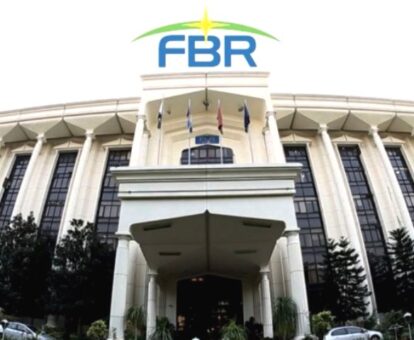Section 136 of Income Tax Ordinance, 2001 elucidates a crucial change in the burden of proof, now placing the responsibility squarely on the taxpayers when pursuing appeals.
Updated up to June 30, 2021, this amendment sets the tone for a more structured and evidence-driven appeal process.
The amended Section 136 reads: “Burden of proof.— In any appeal by a taxpayer under this Part, the burden shall be on the taxpayer to prove, on the balance of probabilities —
(a) in the case of an assessment order, the extent to which the order does not correctly reflect the taxpayer’s tax liability for the tax year; or
(b) in the case of any other decision, that the decision is erroneous.”
This provision signifies a departure from the traditional approach, where tax authorities typically bore the onus of proving the correctness of their assessments or decisions. With the introduction of Section 136, the burden of proof now shifts to the taxpayer, adding a layer of responsibility to substantiate their claims during the appeal process.
Under this section, the burden of proof is outlined in two distinct scenarios:
(a) In the case of an assessment order, taxpayers are required to demonstrate, on the balance of probabilities, the extent to which the order inaccurately reflects their tax liability for the relevant tax year.
(b) For any other decision being contested in an appeal, taxpayers must establish, on the balance of probabilities, that the decision is indeed erroneous.
This change is expected to bring a more structured and evidence-centric approach to tax appeals, encouraging taxpayers to present clear and substantiated arguments when challenging assessments or decisions. The shift in the burden of proof is also anticipated to expedite the appeal process by promoting a more efficient presentation of evidence by both taxpayers and tax authorities.
Industry experts have expressed mixed sentiments about this amendment. While some view it as a positive step towards accountability and transparency, others caution that taxpayers may face increased challenges in meeting the evidentiary requirements, especially in complex tax matters.
The shift aligns with international practices where the burden of proof often lies with the taxpayer during appeal processes. This approach is seen as a means to ensure that taxpayers actively engage in providing comprehensive evidence to support their claims, fostering a more robust and equitable tax adjudication system.
The incorporation of Section 136 into the Income Tax Ordinance, 2001, reflects a deliberate shift in the burden of proof during tax appeals. By placing the responsibility on taxpayers to substantiate their claims, this amendment is poised to bring more accountability and efficiency to the appeal process, ultimately contributing to a fairer and more transparent tax administration system in Pakistan.
